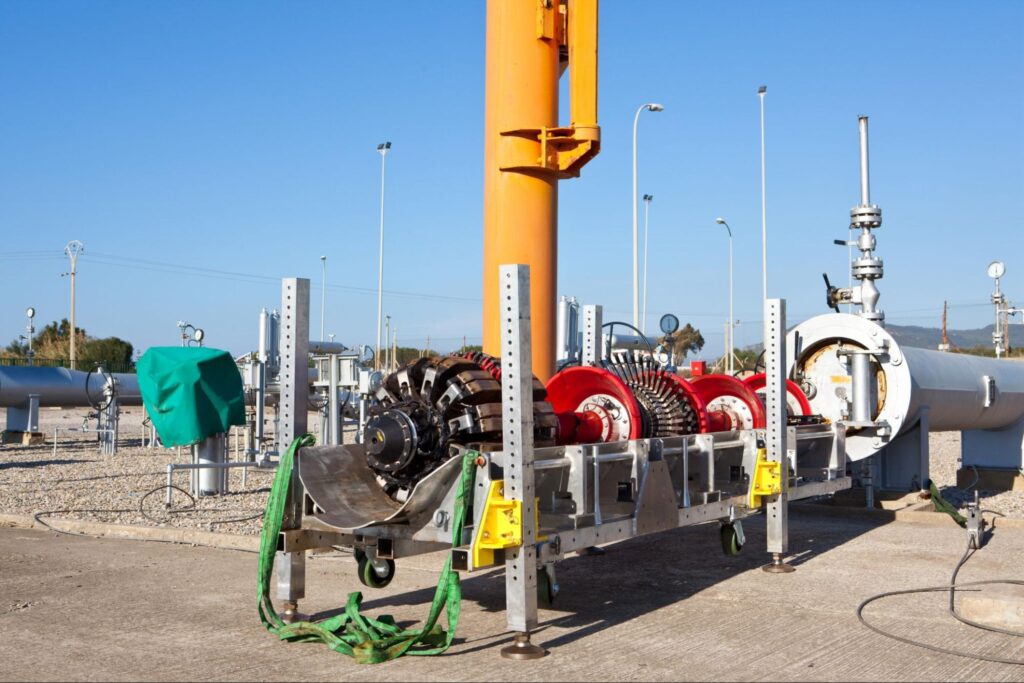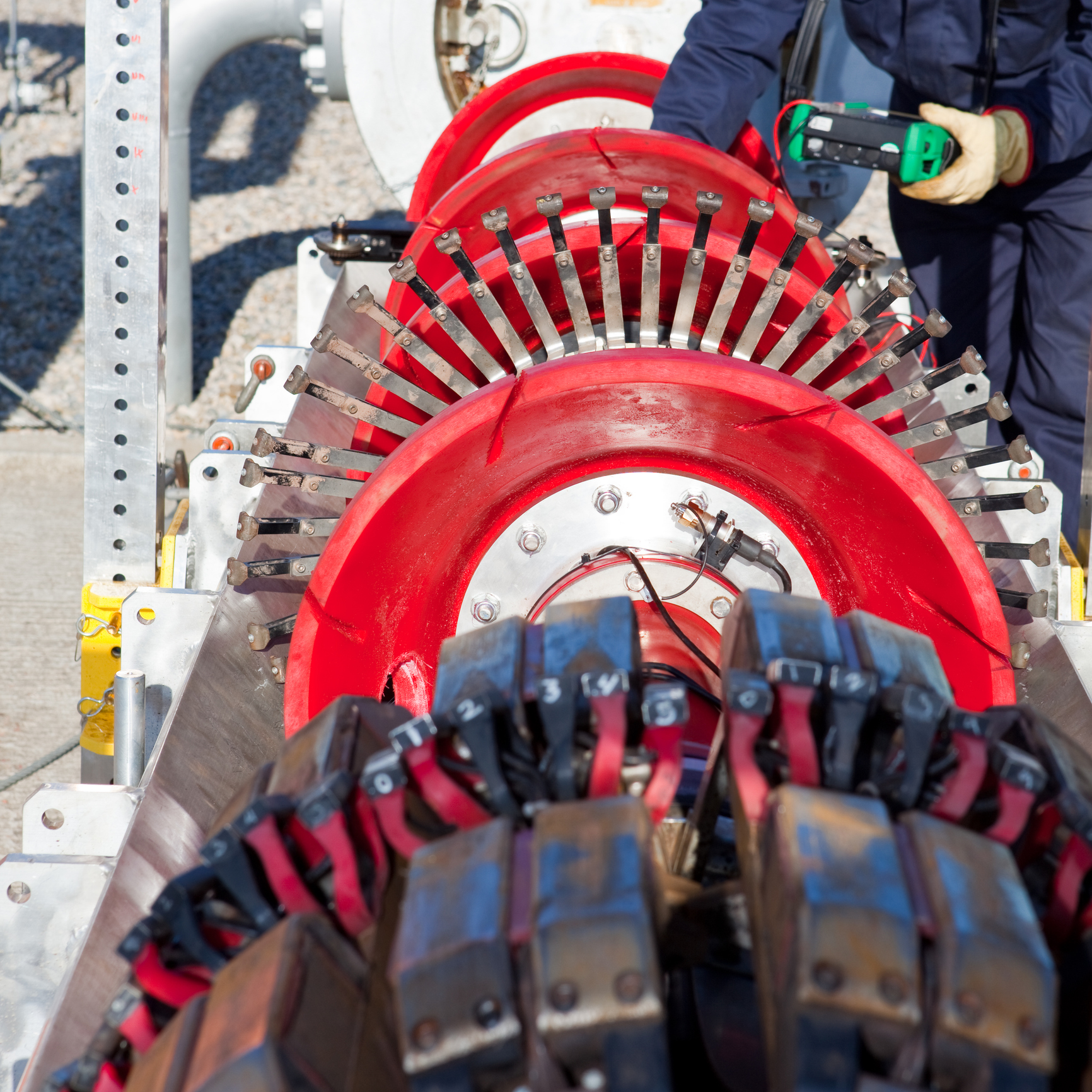Before cleaning your piping systems with utility pigging, it’s imperative to identify defects and create a comprehensive plan to fix them effectively. That’s where inspection pigging comes in! B&W Energy Services may not offer each of these services, but we’re happy to discuss your pigging needs with you. Keep reading to learn the pros and cons of the industry’s most common inspection pigging applications.
Inspection Pigging
What is Inspection Pigging?
Inspection pigging uses pigs equipped with ultrasonic sensors, gauge plates and other components to inspect the internals of piping systems. This type of pigging detects and records leaks, cracks, corrosion and other flaws within a piping system. It may also measure the diameter, curvature, thickness, pressure and temperature of a piping system.
Inspection pigging consists of several subcategories, including caliper (or geometry) pigging and smart pigging, also known as ultrasonic pigging or inline inspection.
Caliper Pigging
What is Caliper Pigging?
Caliper pigging, also called geometry pigging, uses specialized pigs to record piping systems’ dents, wrinkles and other abnormalities. It also gathers geometric information, including ovality, bend radius and bend angle, through the pig’s measuring tool, or caliper. This pigging method is able to determine any changes in diameter resulting from corrosion within the piping system.

Pros of Caliper Pigging
Caliper pigs provide highly detailed information about your piping system’s condition and measurements compared to other varieties of inspection pigs. Their “fingers” that run along the wall can record plenty of precise data points.
Cons of Caliper Pigging
Abnormalities within a piping system have the potential to damage a caliper pig’s mechanisms and stick the pig.
Recommended Use Cases for Caliper Pigging
Caliper pigging’s best use case is to record information about the dimensions of a piping system to further inform next steps. It may also be paired with smart pigging, also known as ultrasonic pigging, to gather more data.
Magnetic Flux Leakage Pigging
What is Magnetic Flux Leakage Pigging?
Magnetic flux leakage pigging uses magnets to detect corrosion, cracks and other forms of damage within a piping system. These magnets on the pigs create a magnetic field surrounding the pipeline, and any disturbances in the magnetic field indicate metal loss or corrosion.
Pros of Magnetic Flux Leakage Pigging
This method is efficient and effective, causing minimal damage to a piping system. Magnetic flux leakage pigging can be performed without disrupting production and shutting down a piping system.
Cons of Magnetic Flux Leakage Pigging
Although this method can detect changes in wall thickness and signs of metal loss, it doesn’t detect laminations in the walls of piping systems well.
Recommended Use Cases for Magnetic Flux Leakage Pigging
Data collected from this pigging method may be used to create a comprehensive map of a piping system’s damage and is often used before a form of utility pigging.
Smart Pigging
What is Smart Pigging?
Smart pigging, also known as ultrasonic pigging, uses high-frequency sound waves to detect corrosion, thinning and other damage within a piping system. Various forms of smart pigging may record diameter, curvature, pressure, temperature, bend angles and other data points to map out a piping system.
Pros of Smart Pigging
Smart pigs are noninvasive and help ensure the safety and reliability of piping systems. Additionally, unlike other pigging types, smart pigging doesn’t require the shutdown of a piping system. This way, the facility’s operations can continue uninterrupted.
Cons of Smart Pigging
Ultrasonic pigs may be limited in their ability to detect corrosion in piping systems with heavy scale buildup or thick coatings. They may also have trouble navigating tight bends or numerous changes in diameter within a piping system.
Recommended Use Cases for Smart Pigging
Overall, smart pigging is efficient and cost-effective. It provides valuable information about the conditions of piping systems and is often used before a form of utility pigging.
By selecting an appropriate inspection pigging method, you can effectively identify and address problems within your piping systems.

